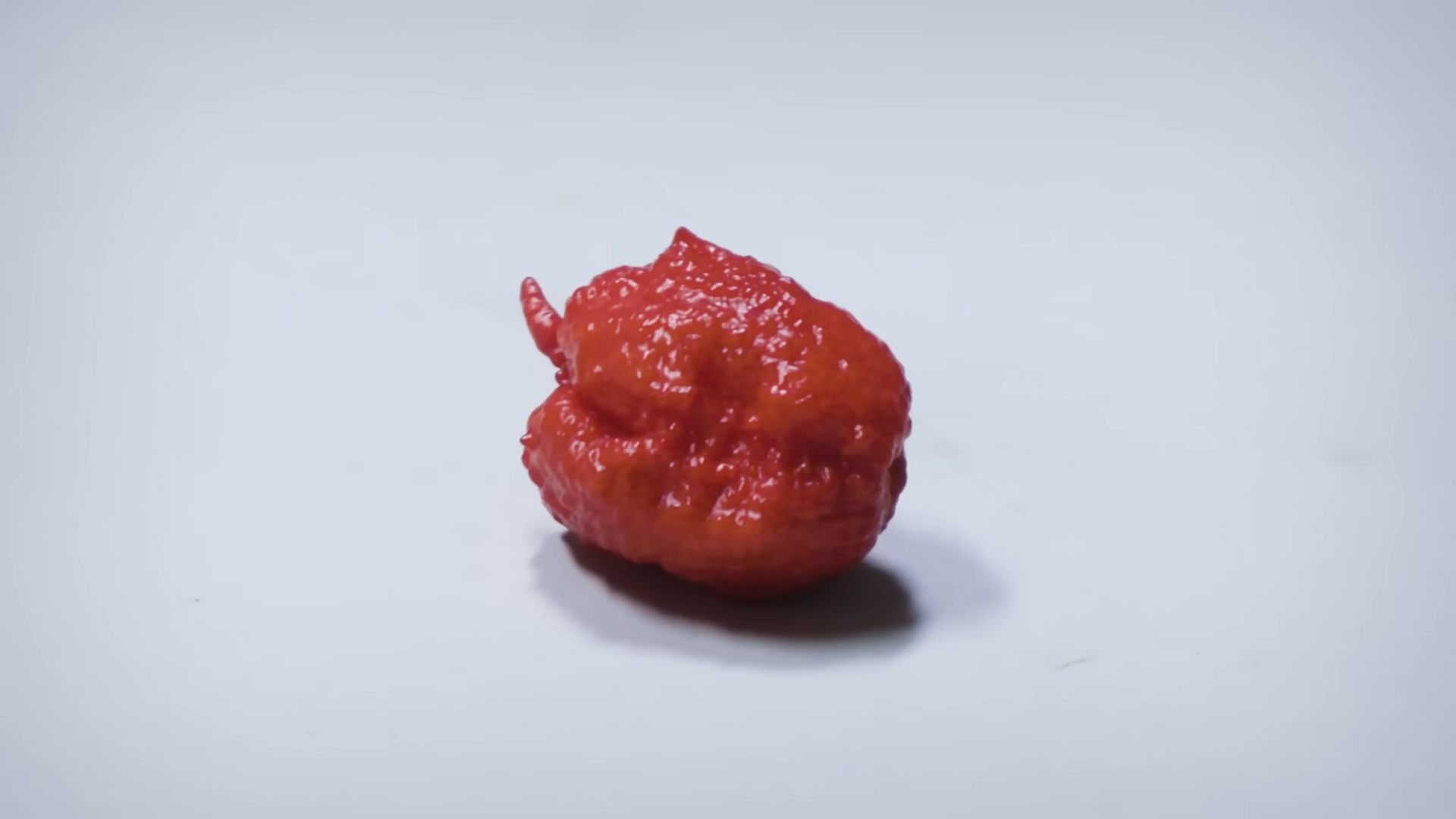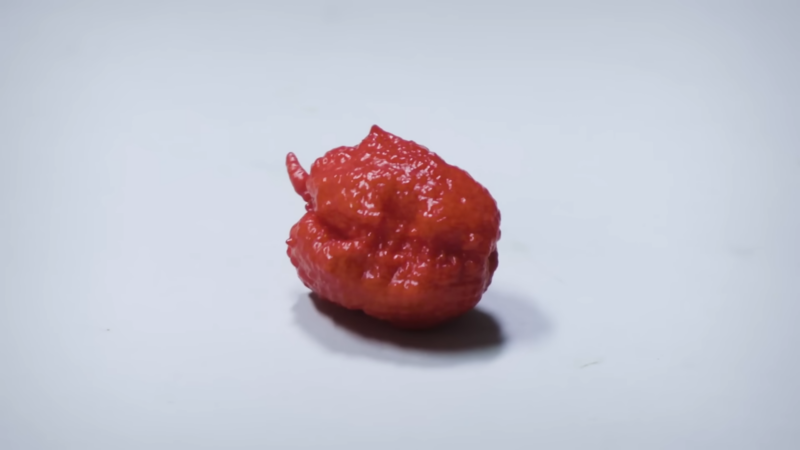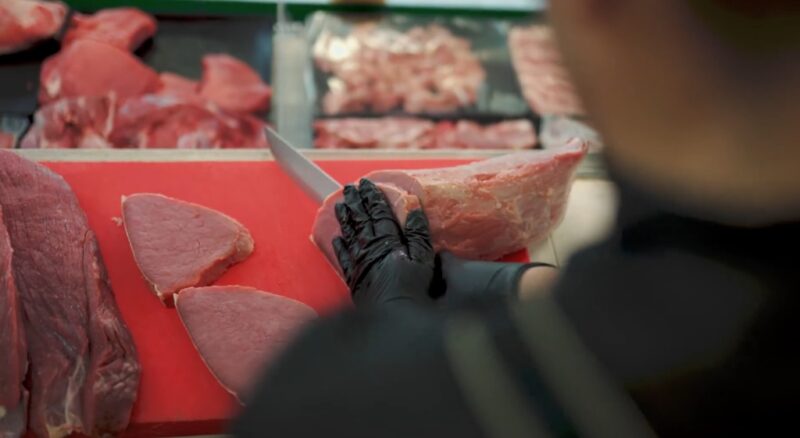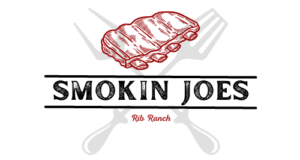
Anchovies are often found in fermented preparations, their distinctive and robust flavor can be a game-changer in many dishes. As much as they are beloved by many gourmands, their small size often raises numerous.
Of these, questions regarding their anatomy seem to pique the most curiosity. One such question that has intrigued both chefs and casual diners alike is about their skeletal structure. Do these minute swimmers have bones? Also, how do they play into our culinary experiences?
After going through this subject for hours, I’ve come to understand the most important factors, and I want to share the answers to these questions with you.
Eating Whole Anchovies
The process of curing and canning anchovies typically softens their bones to such an extent that they can be easily eaten without removal. The bones are so small and fine that they are often unnoticed when consuming the fish. In fact, the bones provide a good source of calcium and other minerals.
For those concerned about the texture or presence of bones in their food, it’s worth noting that anchovies are also available in filleted form, where the bones are removed.
The whole anchovy, bones included, is not only safe to eat but can also contribute to the overall nutritional value of the fish, making it a wholesome choice for those looking to incorporate more seafood into their diets.
The bones in anchovies are an integral part of their structure and, when prepared properly, do not detract from the culinary experience.
When anchovies are cooked, especially in recipes where they are simmered or melted into sauces, their bones dissolve, enriching the dish with nutrients and adding depth to the flavor profile.
The Structure
When discussing the anatomy of anchovies, it’s essential to first understand their basic structure. Unlike larger fish, these small swimmers have a distinct physique.
While anchovies might be small, they play a crucial role in the marine food chain.
Their streamlined bodies, often measuring no more than 5 to 8 inches, allow them to swim swiftly, dodging larger predators. These fish possess a well-developed muscular system.
They rely on this system for rapid movement, which is essential for evading predators and catching prey.
Skeletal Details:
| Category | Information |
|---|---|
| Framework | Just like many other fish species, anchovies have a skeletal system. It provides the necessary support and structure for their delicate bodies. |
| Bony Concern | The question that often arises is about their bones. Yes, anchovies have bones. They are thin and delicate, which has implications for culinary purposes. |
In the Kitchen with Anchovies

Beyond their anatomy, it’s essential to consider how the presence of bones influences the culinary uses of anchovies. Their distinct taste and texture can enhance various dishes, but how do the bones come into play?
Cooking Considerations:
- Bone Dissolution: Due to their thin and delicate nature, the bones in anchovies often dissolve during the cooking process. This means that when used in recipes like pasta sauces or stews, there’s typically no need to remove them beforehand.
- For the Squeamish: For those particularly sensitive to the idea of consuming bones or when using anchovies in their raw or semi-raw form, there are boneless options available in markets.
Popular Uses:
- Pizza and Salads: These fish, both with and without bones, are a popular topping for pizzas and an integral ingredient in Caesar salads. Their unique flavor profile adds depth to these dishes.
- Sauces and Pastes: Anchovy-based sauces and pastes, such as the classic puttanesca sauce or anchovy paste used in dressings, benefit from the fish’s natural saltiness and umami.
Benefits and Caveats
While the bones in anchovies often integrate seamlessly into dishes, it’s crucial to understand their nutritional value and any potential downsides.
Nutritional Benefits:
| Category | Information |
|---|---|
| Calcium Content | Consuming fish bones, especially those from small fish like anchovies, is a good source of calcium. It can be particularly beneficial for those who are lactose intolerant or looking for alternative calcium sources. |
| Omega-3 Fatty Acids | Apart from the calcium from their bones, anchovies are a rich source of Omega-3 fatty acids, which are essential for heart health. |
Potential Drawbacks:
| Category | Information |
|---|---|
| Overconsumption | As with any food, moderation is key. Consuming large quantities can lead to excessive salt intake due to the brining process anchovies typically undergo. |
| Allergies | Some individuals might be allergic to fish, including anchovies. Always ensure that dishes containing these are labeled correctly, especially when serving guests. |
Choosing and Storing Anchovies
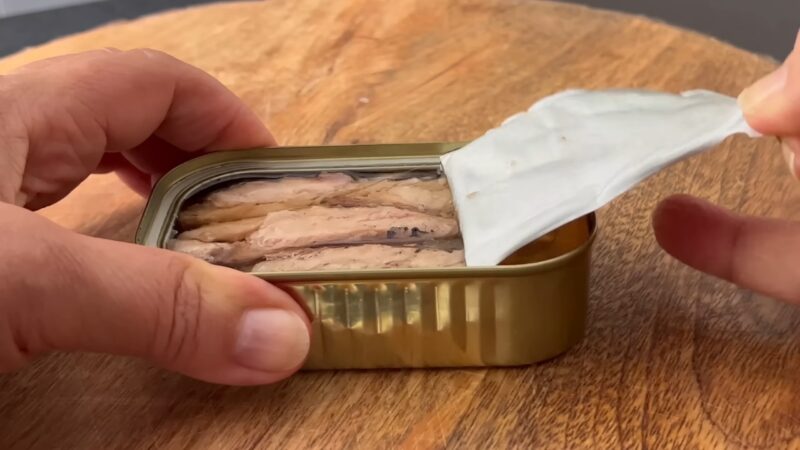
Now that we have a clear understanding of the anatomy and culinary implications of anchovies, it’s essential to know how to select the best ones and store them for optimal freshness.
- Freshness is Key: When purchasing fresh anchovies, look for bright eyes and a shiny skin. The fish should have a pleasant oceanic smell, not an overly fishy one.
- Canned and Jarred Varieties: If you’re opting for canned or jarred anchovies, check the expiration date. Prefer brands that have a reputation for quality, as this ensures you’re getting anchovies that have been properly cleaned and preserved.
- Refrigeration: Fresh anchovies should be consumed within a day or two of purchase. If you plan to use them later, it’s best to store them in the refrigerator, ideally on ice.
- Preserving Leftovers: For canned or jarred anchovies, once opened, transfer any unused portion to an airtight container, ensuring they are submerged in oil. This will help retain their flavor and extend shelf life.
Deboning Techniques and Their Importance
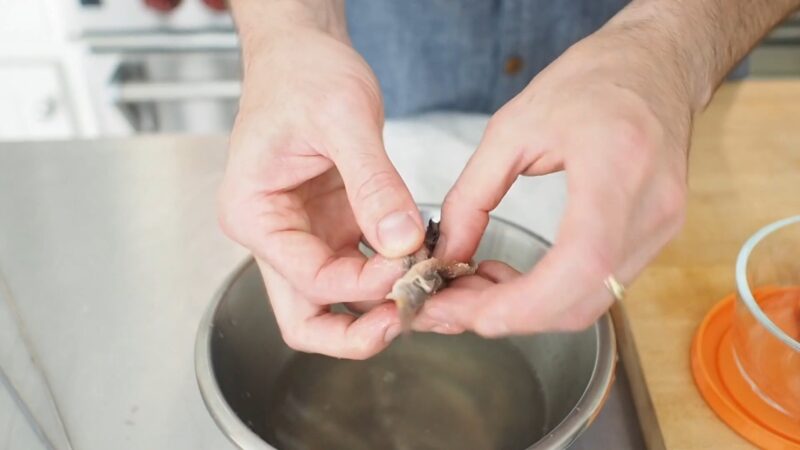
While the majority of anchovy enthusiasts might not be fazed by the presence of bones, some people prefer their fish bone-free. Let’s delve into why this might be the case.
Personal Preference
Everyone has a unique palette and texture preference when it comes to food. While many don’t mind or even notice the tiny bones, others might find them off-putting. It’s also worth noting that, in some culinary practices, a boneless fish might be preferred for aesthetic or textural reasons. It’s all about catering to individual tastes and the intended dining experience.
Methods of Deboning
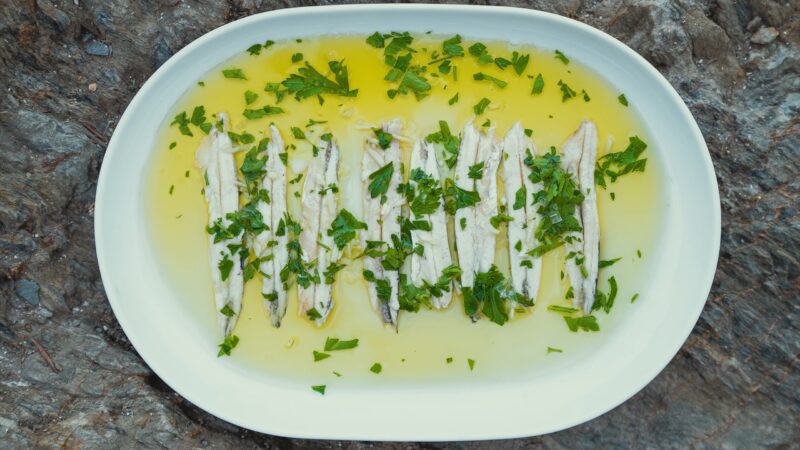
For those who lean towards a boneless anchovy experience, there are specific methods employed to achieve this. Some of these include:
- Manual removal using tweezers or hands
- Soaking in vinegar to dissolve the bones
- Using specialized deboning equipment
Whatever the chosen method, the aim is to offer a smoother, uninterrupted texture to the consumer.
FAQs
Can I buy anchovies without bones?
Yes, boneless anchovy options are available in the market. They are usually filleted to remove the bones, but it’s essential to check product labels when purchasing.
Do the bones affect the taste of anchovies?
The bones in anchovies do not significantly alter the taste. However, they can contribute a slight texture difference in some preparations.
Should I remove the bones if I am using anchovies in a raw dish?
If you are sensitive to the texture or the idea of consuming bones, it might be best to use boneless anchovies or remove the bones when using them in raw or semi-raw preparations.
Are the bones in other small fish similar to those in anchovies?
While many small fish have fine bones like anchovies, the exact texture and edibility can vary based on the fish species and preparation methods.
The Bottom Line
While they indeed possess bones like many other fish, their delicate skeletal structure often becomes inconspicuous in culinary preparations. Whether you’re an anchovy aficionado or just curious about their composition, knowing the anatomy enriches the dining experience.
So, the next time you encounter anchovies, you can appreciate them not just for their taste but also for their fascinating structure.
Related Posts:

